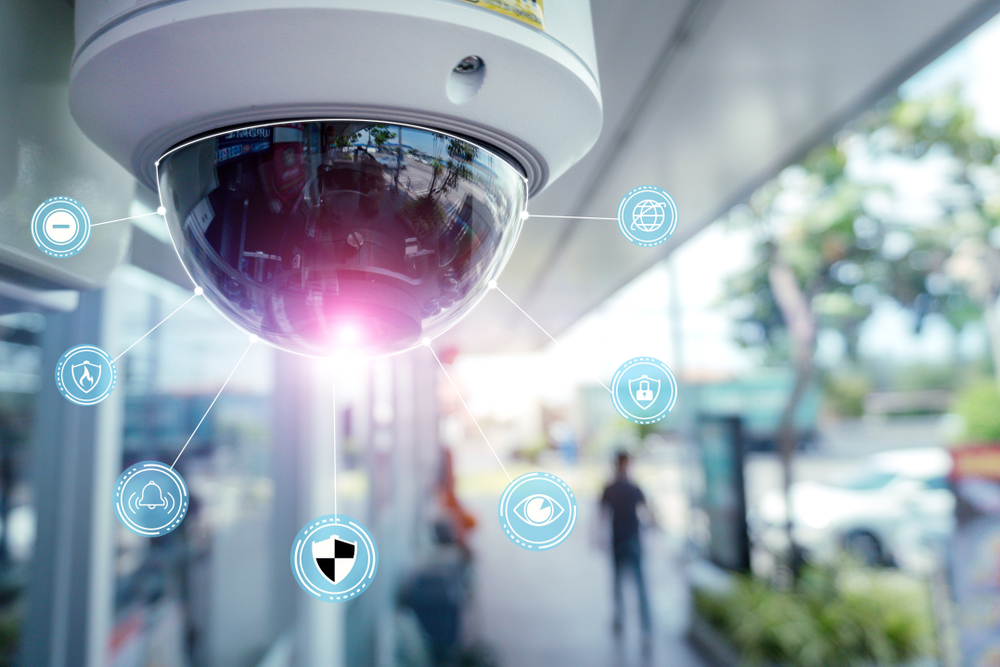In today’s Era, people require high-quality cameras due to the flood of pictures and videos on social media platforms. Therefore, camera technology is constantly evolving to cater to this growing demand by bringing in new features and upgrades that push the boundaries of what we can do with our cameras.
CameraPro is a leading online retailer of photography equipment and accessories in Australia. They offer a wide range of high-quality cameras, lenses, tripods, lighting, and other photography gear from brands such as Canon, Nikon, Sony, and Fujifilm. If you want to save on your next purchase from CameraPro, you can use their coupon codes and discount offers. CameraPro Discount Code, these codes can be found on various coupon websites, including Revounts.
Here are some of the innovative camera technologies you need to know about.
Computational Photography: The Projection for Photography
Computational photography is the practice of enhancing camera-captured photos using computer software and algorithms. To generate amazing shots, it combines several images, employs artificial intelligence and machine learning techniques, and uses challenging mathematical processes. Due to this technology, photographers may now modify photos in ways previously not conceivable. The future of photography is predicted to be computational photography, and it is becoming more and more common on smartphones.
360-Degree Cameras: One and Only Immersive Experience Tool
360-degree cameras have entirely transformed how we record and view photos. These cameras simultaneously record images from every angle, making viewers feel they are present in the filmed scenario. They help make virtual tours of places like museums and real estate properties. Additionally, they excel in capturing moments during activities such as sporting events or concerts.
AI-Assisted Autofocus
AI-assisted autofocus with perfect focus is a function that uses artificial intelligence to track and focus on moving targets, making it easier to take sharp, clear pictures. The technology analyses the scene and anticipates where the subject will be, making it simpler for the camera to follow and concentrate on the subject. This technique helps capture swiftly moving subjects such as nature, sports, or kids.
Computational Zoom: Zooming in without Compromise
Computational zoom technology allows cameras to zoom in on a subject without compromising picture quality. This is achieved using multiple lenses and sensors and combining the images using sophisticated algorithms to produce a higher-resolution image. Computational zoom technology is becoming increasingly popular in smartphones and is expected to soon appear in traditional cameras.
Light Field Cameras: Taking Pictures of the Whole Light Field
Light field cameras record every ray of light in a scene, along with its direction, strength, and colour. With this technology, photographers can adjust the depth of field and focus after the picture has been taken, giving them greater creative freedom. At the same time, still relatively new, light field cameras have great potential for the photography industry.
Taking Pictures under Dim Lighting
Night vision cameras use infrared technology to capture images in low light, making them ideal for surveillance, animal photography, and capturing photos of the night sky. Additionally, as they can capture undetectable images to the unassisted eye, these cameras are becoming increasingly prevalent in the economy’s professional and consumer sectors.
Augmented Reality Cameras: Overlaying Digital Information on Real-World Images
Augmented reality cameras use computer vision technology to overlay digital information on real-world photographs, allowing users to interact with digital objects in a real-world setting. This technology is becoming increasingly popular in smartphones, enabling users to create augmented reality experiences and filters.
High Dynamic Range (HDR) Imaging: Capturing More Detail and Color
HDR imaging is a technique that captures a wider range of brightness levels in a scene, providing more excellent information and colour in the final image. With the help of this technology, photographers can capture breathtaking pictures with more depth and detail, both on smartphones and professional cameras.
Action Cameras: Capturing Life in Motion
Action cameras are designed to capture fast-moving action and movement, making them ideal for sports and adventure photography. These cameras are also lightweight, durable, and often waterproof, allowing users to take pictures in harsh conditions.
Cinematic Cameras: Capturing Film-Quality Footage
Cinematic cameras can capture high-resolution footage, high frame rates, and a wide dynamic range, making them ideal for the film industry. However, these cameras have become more accessible for amateur videographers and filmmakers.
Time-Lapse Cameras: Capturing the Passage of Time
Time-lapse cameras take pictures at regular intervals over an extended period, allowing viewers to see the passage of time in a compressed format.
3D Cameras: Capturing Images in Three Dimensions
3D cameras record images in three dimensions, which allows viewers to perceive depth and dimensionality in the final image.
Underwater Cameras: Capturing Images in the Deep
Underwater cameras capture high-quality images and videos in aquatic environments, making them ideal for scuba diving, snorkelling, and marine biology research.
Thermal Imaging Cameras: Capturing Heat Signatures
Thermal imaging cameras utilize the heat signatures emitted by objects to capture images, making them helpful in detecting heat leaks, monitoring wildlife, and locating individuals in search and rescue operations.
Drone Cameras:
Drone cameras installed on unmanned aerial vehicles (UAVs) capture pictures and videos from above, making them ideal for conducting field surveys, monitoring wildlife, and capturing stunning landscape photographs.
Mirrorless Cameras:
Mirrorless cameras replace traditional DSLR cameras, providing high-quality picture and video recording in a more portable, lightweight design. This has led to an increase in demand for these cameras in both the consumer and professional industries.
Smartphone Cameras:
Additionally, computational photography and AI-assisted focusing make smartphone cameras even more capable and versatile.
Conclusion:
Remember that not all cameras in the market will have every function mentioned in the preceding paragraph, as different camera models may use different component combinations. Additionally, certain characteristics may be more prevalent in specific camera models; for instance, smartphones are more likely to have computational photography, while high-end cinematic cameras will have features tailored to filmmakers.
